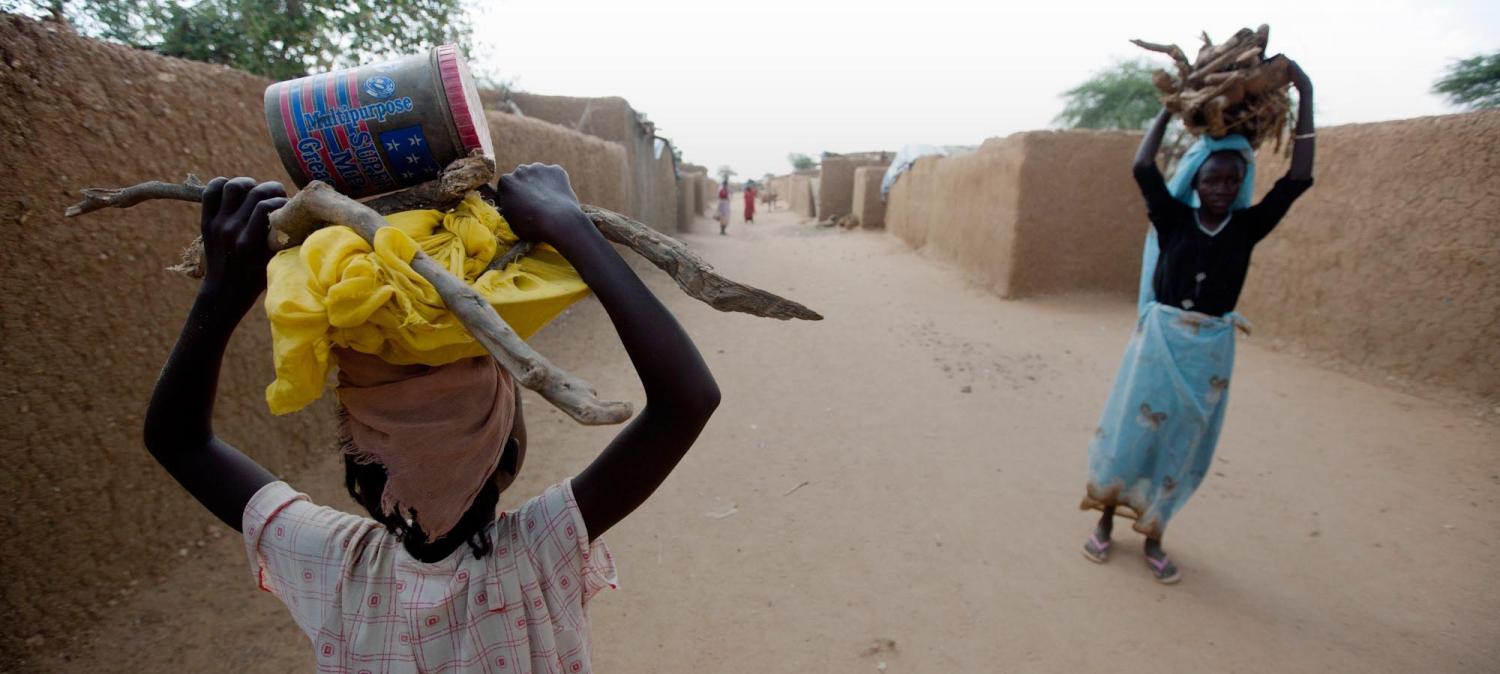- The Council of Foreign Relations has created an excellent backgrounder to the immigration debate in the US, covering everything from how Americans feel about immigration to the prospects for immigration reform.
- Despite the Department of Home Affairs arguing against the decision, the Federal Court has ruled that a young boy at risk of suicide on Nauru should be given acute psychological care in Australia.
- Here on The Interpreter, Watna Mori has written an interesting article about the chances of successful resettlement of asylum seekers in Papua New Guinea, finding that it is an unlikely option for the majority. Of those who have been resettled, Mori argues, most remain completely dependent on funding and accommodation provided by the Australian and PNG governments, and are likely to remain so.
- A Center for Global Development working paper addresses labour mobility as a means of alleviating global poverty, finding that it “holds vastly more promise for reducing poverty than anything else on the development agenda”.
- At The Strategist, Katrina Lee-Koo connects the unique vulnerabilities of displaced people and the Women, Peace and Security (WPS) agenda, arguing that in WPS policymaking worldwide there is an overarching “blind spot” when it comes to the rights of displaced women.
- In this New York Times article, Stephen Kearse analyses the origins and changing meaning of “chain migration”. Kearse argues that the term has evolved from being neutral language used to describe the migration patterns of relatives, friends, and community members to become a term loaded with prejudice that misrepresents the difficulties experienced by immigrants.
- A new report released by the World Bank, Groundswell: Preparing for Internal Climate Migration, finds that climate change will lead to the displacement of tens of millions of people within their own countries by 2050. The video embedded below offers some personal experiences of climate-induced displacement, and introduces some of the report’s major themes.
Migration and border policy links: “chain migration” discourse, labour mobility, and more
Links and updates from across the migration and border policy field.

Internally displaced people return to Kassab camp, North Darfur. Photo: UNAMID (flickr)
Published 22 Mar 2018
Follow @ErinHarrisAU
You may also be interested in
The government has a chance to define the criteria used in the hard choices about how to allocate scarce aid dollars.
